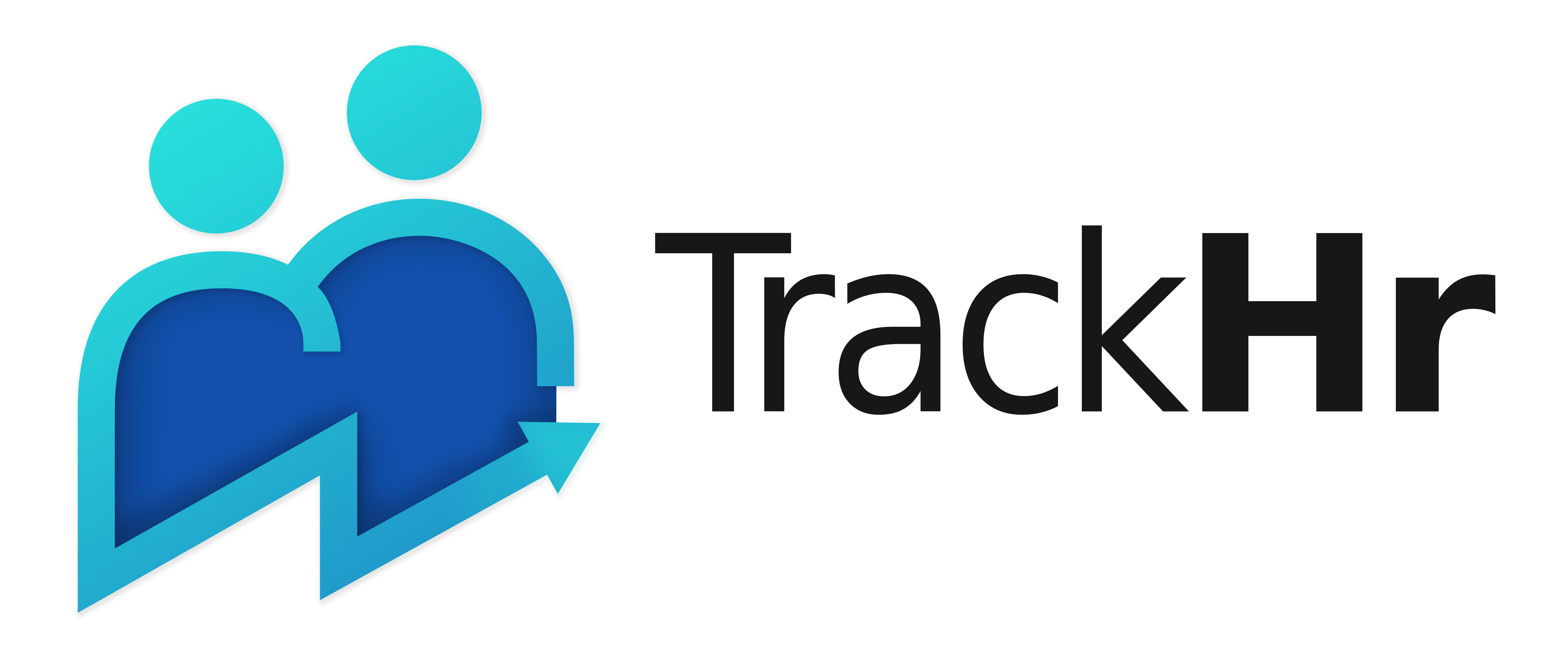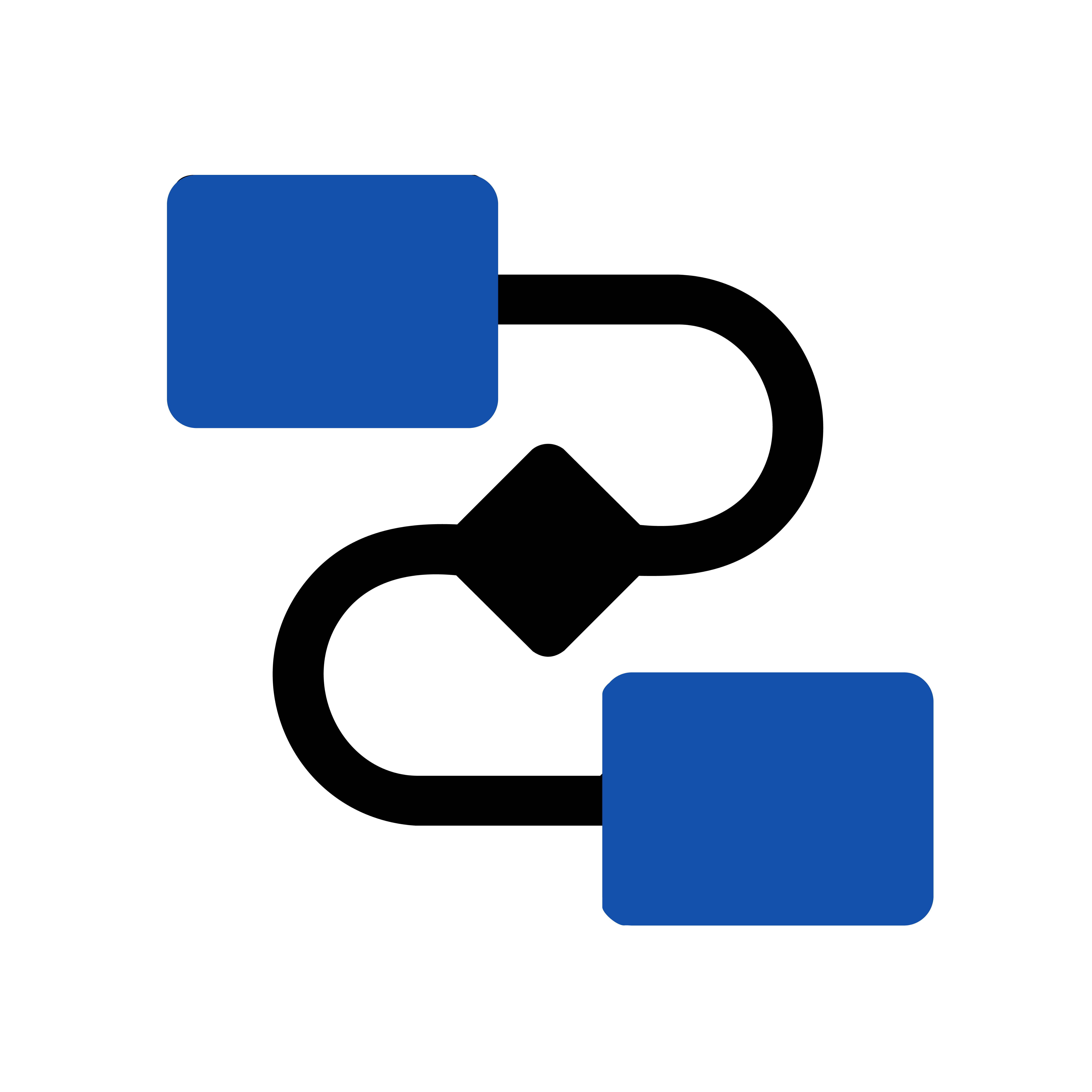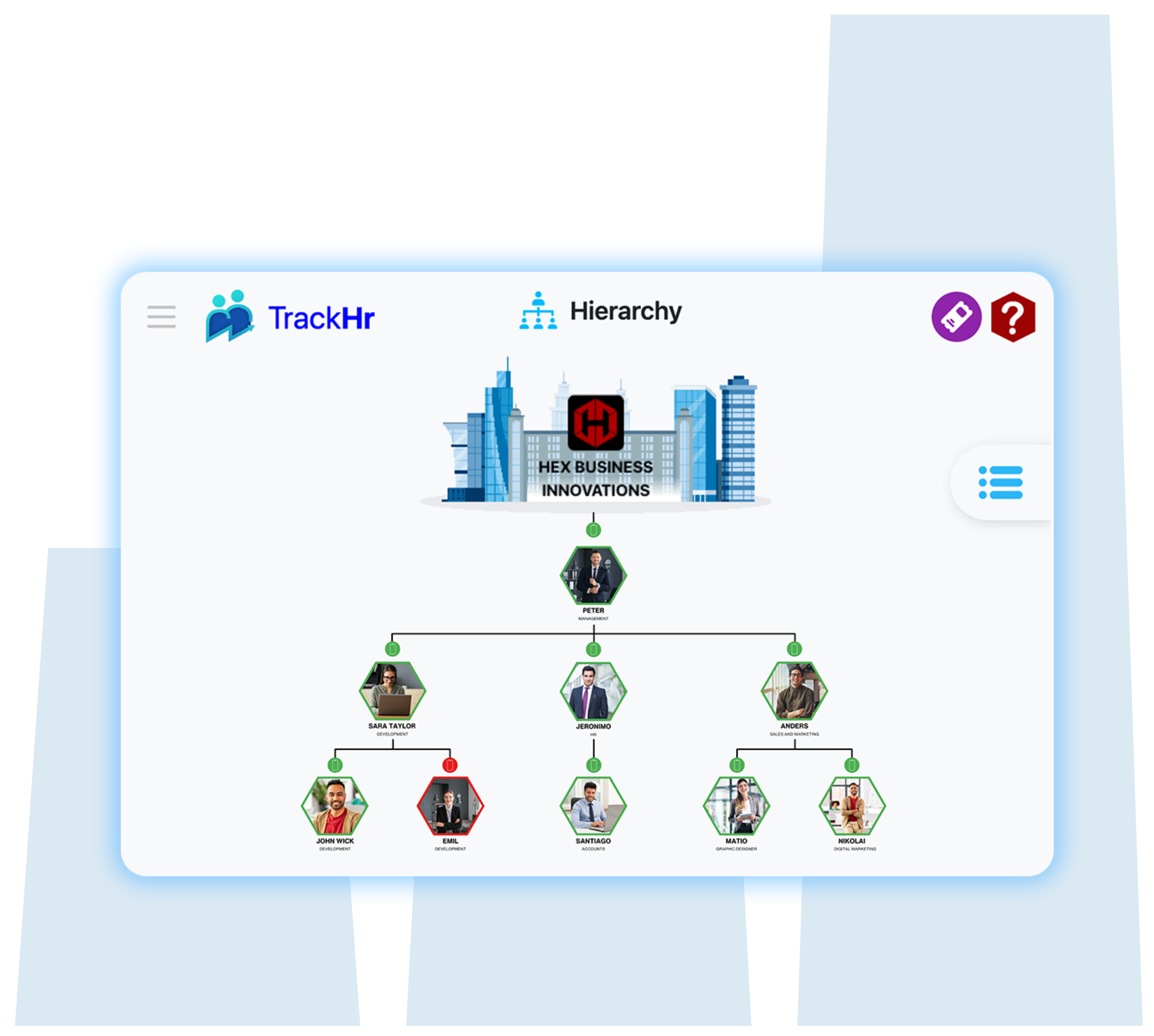Monday, 01 Jul 2024
The Evolution of Performance Management Software in a Rapidly Changing Business Environment
In today’s fast-paced business landscape, where technological advancements and market dynamics are constantly evolving, performance management software has become an indispensable tool for organizations striving to maintain a competitive edge. This article explores the evolution of performance management software, its importance in the modern business environment, and how it has adapted to meet the demands of rapid change.
The Early Days of Performance Management
Performance management, in its earliest form, was a manual process that relied heavily on paper-based evaluations and face-to-face meetings. Managers would assess employees based on subjective criteria, often leading to biased evaluations and inconsistent outcomes. The process was time-consuming, lacked transparency, and failed to provide real-time feedback, making it difficult for organizations to align individual performance with business goals.
The Advent of Digital Performance Management
The digital revolution brought about a significant transformation in performance management. The introduction of computerized systems enabled organizations to automate performance reviews, streamline processes, and store data electronically. These early systems, while an improvement over manual methods, were often rigid and lacked the flexibility to adapt to changing business needs.
The Rise of Cloud-Based Solutions
The advent of cloud computing marked a turning point in the evolution of performance management software. Cloud-based solutions offered several advantages over traditional on-premises systems, including scalability, accessibility, and cost-effectiveness. Organizations could now access performance data in real-time, facilitate remote evaluations, and integrate with other business applications seamlessly. This shift allowed for more dynamic and continuous performance management, fostering a culture of ongoing feedback and development.
The Impact of Artificial Intelligence and Machine Learning
Artificial Intelligence (AI) and Machine Learning (ML) have further revolutionized performance management software. These technologies enable predictive analytics, allowing organizations to identify performance trends, forecast future outcomes, and make data-driven decisions. AI-powered tools can analyze vast amounts of data to provide personalized insights and recommendations, enhancing the accuracy and objectivity of performance evaluations.
Adapting to a Rapidly Changing Business Environment
In a business world characterized by rapid change, agility is crucial. Performance management software has evolved to support agile methodologies, enabling organizations to adapt quickly to market shifts and changing priorities. Here are some key ways performance management software has adapted:
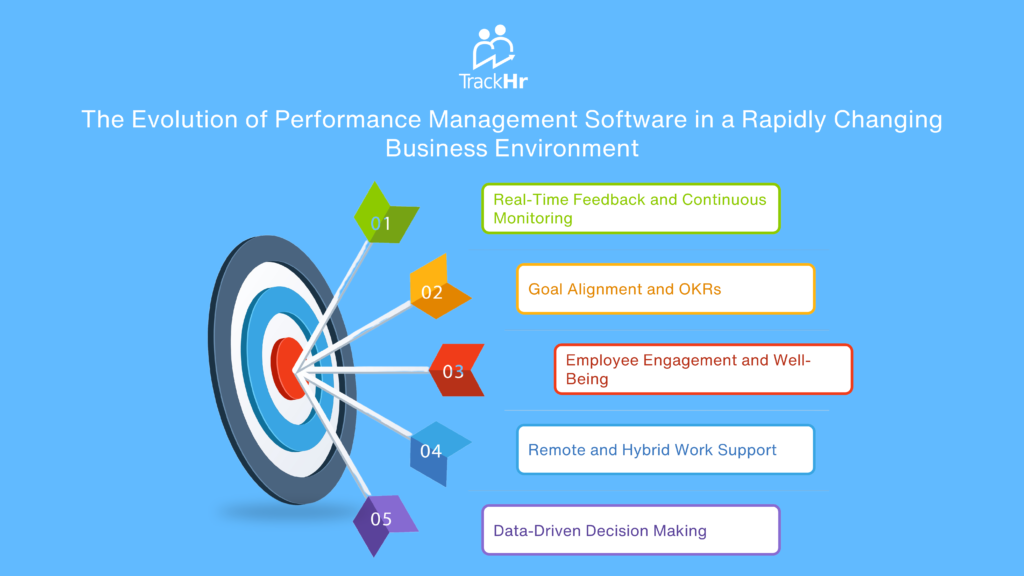
- Real-Time Feedback and Continuous Monitoring: Traditional annual reviews have given way to continuous performance management, where real-time feedback and ongoing monitoring are the norm. This approach ensures that employees receive timely guidance and recognition, fostering a culture of continuous improvement.
- Goal Alignment and OKRs: Modern performance management software emphasizes goal alignment and the use of Objectives and Key Results (OKRs). This framework helps organizations set clear, measurable goals and track progress in real-time, ensuring that individual efforts are aligned with overall business objectives.
- Employee Engagement and Well-Being: In the wake of the COVID-19 pandemic, employee well-being has become a top priority. Performance management software now includes features that focus on employee engagement, mental health, and work-life balance, recognizing that a motivated and healthy workforce is essential for sustained business success.
- Remote and Hybrid Work Support: With the rise of remote and hybrid work models, performance management software has adapted to facilitate remote evaluations, virtual check-ins, and collaborative goal-setting. This flexibility ensures that performance management processes remain effective, regardless of where employees are located.
- Data-Driven Decision Making: The integration of advanced analytics and reporting tools allows organizations to leverage data for informed decision-making. By analyzing performance metrics and trends, companies can identify areas for improvement, optimize resource allocation, and enhance overall productivity.
The Future of Performance Management Software
As technology continues to evolve, so too will performance management software. The future promises even more sophisticated AI and ML capabilities, greater integration with other business systems, and enhanced user experiences. Organizations will increasingly rely on these tools to navigate the complexities of a rapidly changing business environment, ensuring that they remain agile, competitive, and successful.
Conclusion
The evolution of performance management software reflects the broader trends in business and technology. From manual processes to AI-powered solutions, these tools have transformed how organizations evaluate and develop their workforce. In an era of rapid change, performance management software provides the agility, insights, and flexibility needed to thrive. By embracing continuous feedback, goal alignment, employee well-being, and data-driven decision-making, organizations can navigate the challenges of a dynamic business environment and achieve sustained success.
